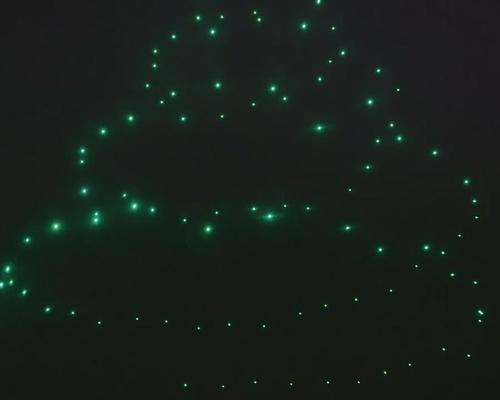14 Nov 2016
IAAPA 2016: Disney teases first use of drone technology with Christmas spectacular at Disney Springs
BY Tom Anstey

Disney has teased what appears to be its first use of drones, with the technology seemingly being used to create an amazing light show over the Christmas period at Disney Springs.
“A new experience will give new meaning to the phrase ‘when you wish upon a star’,” said Maribeth Bisienere, senior vice president of Disney Springs, speaking during a session on the entertainment complex’s development at IAAPA 2016. “We’ll be announcing that officially in the next couple of days, but that’s all we can say for now.”
A 10-second teaser aired during the presentation shows a Christmas tree seemingly formed out of stars, with what looks to be drone technology creating pictures in the night sky.
A number of patents - filed by Disney in August 2014 - suggested the company was planning to use drone technology for entertainment purposes at its attractions, with the filings suggesting a number of possibilities, including filling the sky with a giant screen or bringing marionettes to life using the drones.
According to the Disney patent, the drone technology application could also be used in the entertainment industry, “where it is desirable to provide an aerial display.” It touted examples such as presentations at a lagoon or other open spaces over which it is desired to present a display to entertain visitors,” which would be ideal for the newly created Disney Springs, which features a large area of open water - the spring from which it gets its name.
Formerly Downtown Disney, Disney Springs underwent a three-year, multi-million dollar renovation, officially reopening in May this year with more than 150 new tenants across a completely themed Disney experience.
Check back with Attractions Management during the week for all the latest breaking news coming from IAAPA 2016.
Close Window